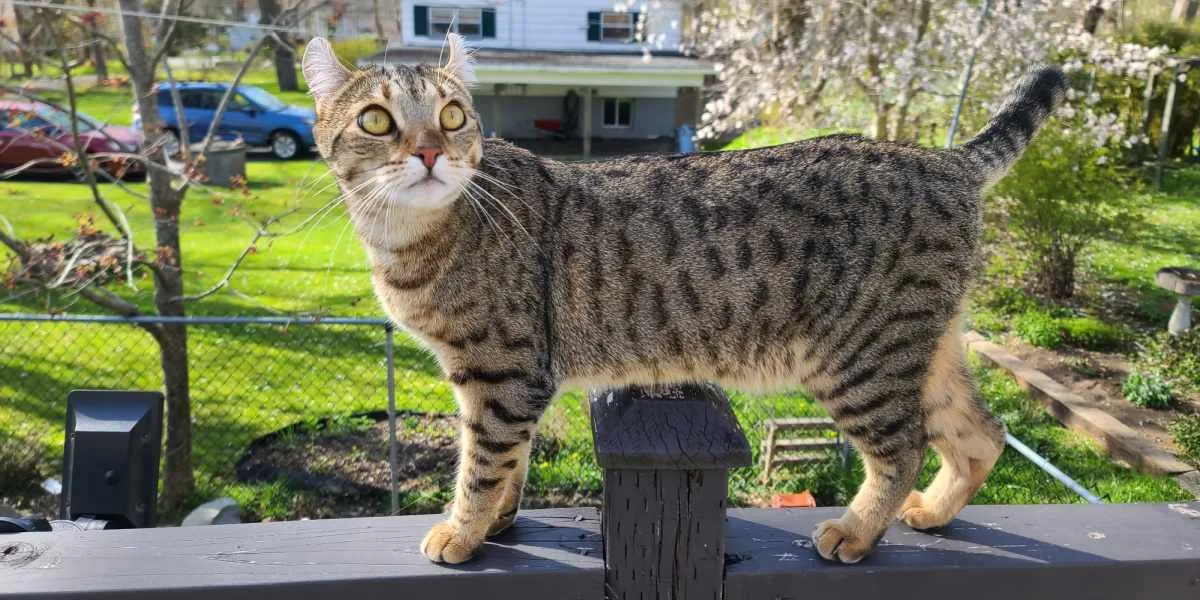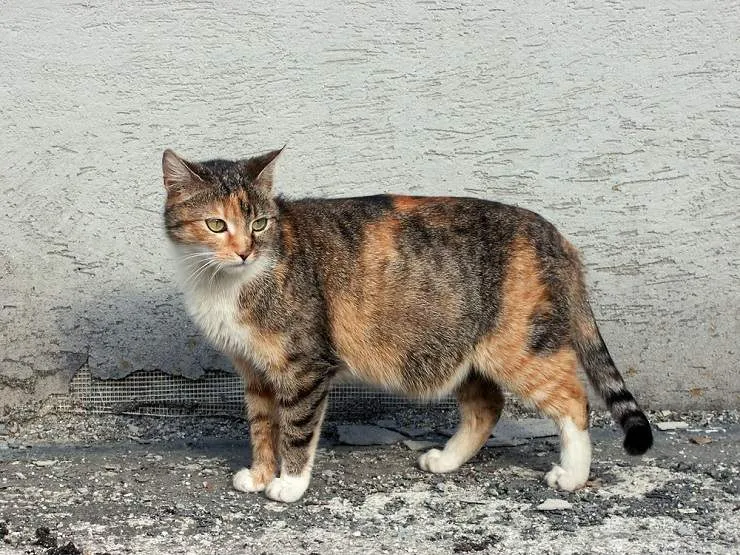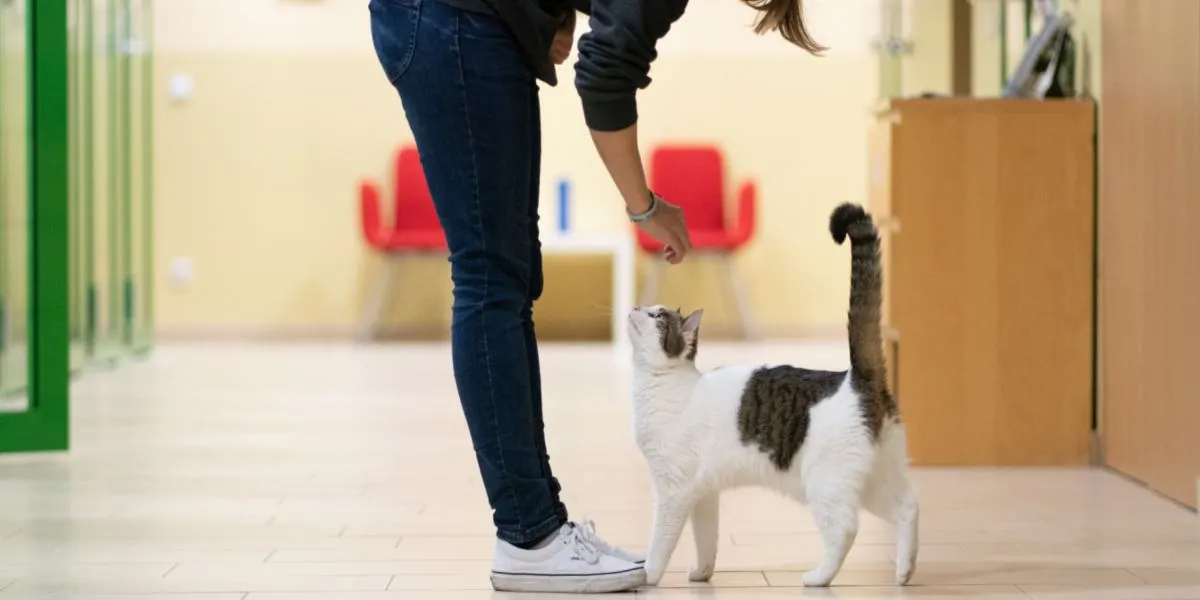Cats are notorious for their love of sleep, often napping up to 20 hours a day in cozy spots. They typically burst into activity at dawn and dusk, aligning with their natural hunting instincts. However, if you notice why is my cat pacing around the house restlessly, unable to settle, meowing excessively, or showing sudden behavior changes, it could signal an underlying issue.
Why is my cat pacing is a common concern among cat owners, often pointing to stress, boredom, pain, hormones, pregnancy, or health problems. While occasional pacing might be harmless, persistent behavior warrants attention to ensure your feline friend’s well-being. Addressing the root cause promptly can restore your cat’s normal routine and prevent escalation into more serious behavioral or medical issues.
Key Takeaways on Cat Pacing
- Pacing in cats usually stems from non-medical triggers like boredom or stress, but it can indicate serious health concerns.
- Environmental enrichment and veterinary check-ups are key first steps.
- Early intervention improves outcomes, especially for senior cats prone to conditions like hyperthyroidism or dementia.
Understanding cat pacing helps you provide targeted support, drawing from veterinary expertise and real-world cat care experiences.
 A cat leisurely walking on a patio or outdoor space.
A cat leisurely walking on a patio or outdoor space.
1. Boredom and Lack of Stimulation
Despite their sleepy reputation, cats are intelligent hunters with agile bodies and sharp instincts. Indoor cats without outdoor access or sufficient enrichment often feel frustrated, leading to cat pacing as a stereotypical behavior. This is common in kittens, young adults, and even seniors, potentially progressing to aggression or destructiveness if ignored.
Veterinarians note that understimulated cats mimic hunting patterns through endless pacing. Signs include heightened vocalization and ignored toys.
How to Help a Bored Cat
Dedicate 15-30 minutes daily to interactive play using feather wands or laser pointers. Invest in cat trees, puzzle feeders, and scratching posts to engage their mind and body. Regular grooming sessions and quality time build trust, reducing restlessness effectively.
2. Stress or Anxiety
Cats experience stress from new pets, family members, loud noises, or home renovations. Why is my cat pacing in these scenarios? Anxious felines pace, urinate outside the litter box, or alter their meows and posture as coping mechanisms.
According to the American Association of Feline Practitioners, stress disrupts sleep-wake cycles, amplifying pacing.
Managing Stress in Cats
Create safe hiding spots and use pheromone diffusers like Feliway, proven to calm cats in clinical studies. Consult a vet or certified behaviorist for tailored advice; short-term anxiety meds may be recommended for severe cases.
3. Hormonal Influences
Unspayed females in heat pace, yowl, and rub excessively, while intact males become agitated near females. Cat pacing tied to hormones peaks during breeding seasons, often with raised tails and rolling.
Spaying/neutering eliminates these cycles, as endorsed by the ASPCA for health and behavior benefits.
Solutions for Hormonal Pacing
Schedule sterilization surgery if not breeding. It prevents heat-related distress and reduces cancer risks.
4. Pregnancy and Labor
Pregnant queens pace in late gestation, seeking nesting spots amid contractions. This normal first-stage labor can last 36 hours, involving vocalizing and bed-scratching.
Monitor closely, as per veterinary guidelines from Cornell Feline Health Center.
 A pregnant cat, showcasing the signs of feline pregnancy.
A pregnant cat, showcasing the signs of feline pregnancy.
Supporting a Pregnant Cat
Provide a quiet whelping box with soft bedding. Intervene only if labor exceeds 36 hours without progress, kittens are stuck, or there’s foul discharge—contact your vet immediately.
5. Pain and Discomfort
Cats mask pain masterfully, but why is my cat pacing endlessly? Inability to settle signals dental issues, arthritis, injuries, or infections. Seniors show it through hiding, appetite loss, or touch aversion.
Pain management requires professional diagnosis, as over-the-counter human meds are toxic.
Medical Causes of Cat Pacing
Beyond basics, health issues demand vet evaluation:
Hyperthyroidism
Common in cats over 10, it causes weight loss, thirst, and hyperactivity with pacing. Blood tests confirm; treatments include medication or diet, per WSAVA guidelines.
Feline Cognitive Dysfunction (Dementia)
Affects seniors with confusion, sleep changes, and disorientation. Supplements like omega-3s and routines help manage symptoms.
Neurological Issues
Toxins, infections, or tumors cause ataxia, circling, or seizures. Immediate ER care is essential.
Veterinarians emphasize holistic exams, including bloodwork and imaging, for accurate diagnosis.
Final Thoughts on Why Cats Pace
Cat pacing isn’t normal—it’s your cat’s way of communicating discomfort. From enriching environments to ruling out hyperthyroidism or dementia, proactive steps enhance quality of life. Share experiences from fellow owners: many resolve issues with play and vet visits.
Consult your veterinarian for personalized advice, ensuring your cat thrives. Explore more on cat health for proactive care.
 A cat following its owner, displaying affection and companionship by staying close.
A cat following its owner, displaying affection and companionship by staying close.
Frequently Asked Questions
How do I stop my cat from pacing?
Identify triggers: Increase play for boredom, use Feliway for stress, neuter for hormones, or seek vet care for illness. Monitor changes closely.
References
- American Association of Feline Practitioners (AAFP) Stress Guidelines
- Cornell Feline Health Center: Pregnancy and Labor
- World Small Animal Veterinary Association (WSAVA): Hyperthyroidism Management
- ASPCA: Neutering Benefits
